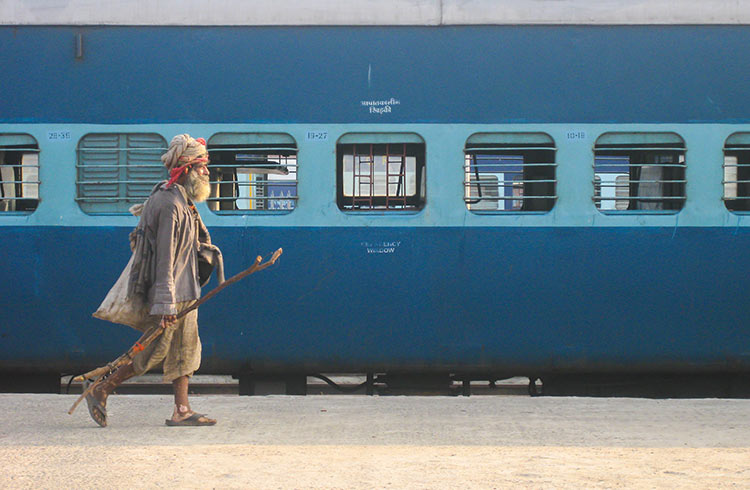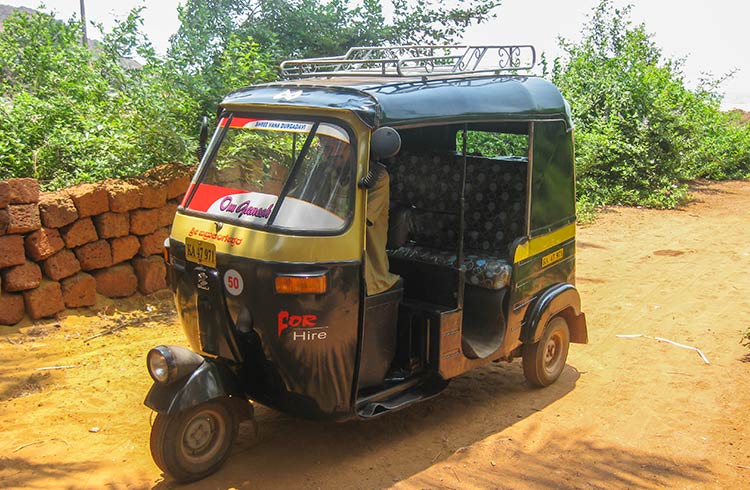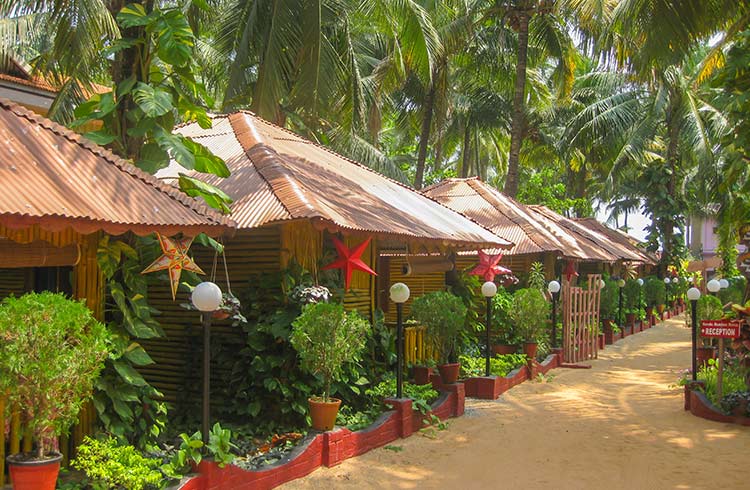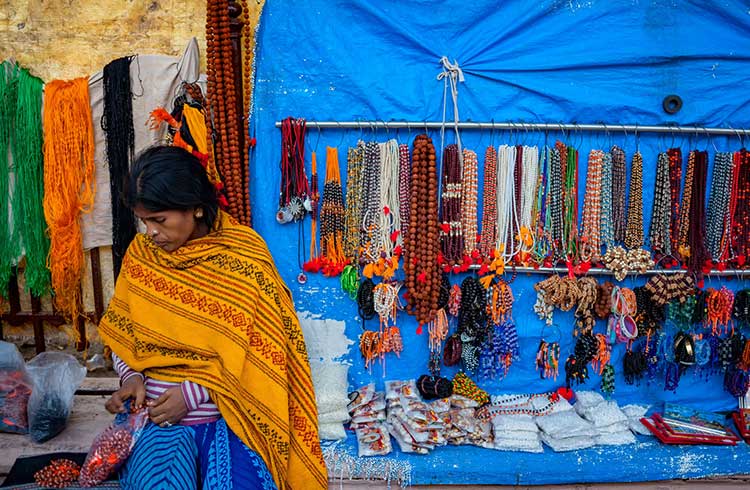Ultimate Guide to Transport and Getting Around India
Let’s face it: transport in India is intimidating at first, with so many options between trains, planes, cars, tuk-tuks, motorbikes, taxis, rickshaws, bicycles, and bicycle taxis. But never fear, we've simplified the best transport options in India.
 Photo © Goats on the Road
Photo © Goats on the Road
Travel in India can be overwhelming for first-time travelers. But no worries, our partners Goats on the Road are here to simplify the best transport options in India to help you choose how to get around.
- Travel by train in India
- Bus travel in India
- Getting around via taxi in India
- Motorbikesand scooters in India
- Rickshaws (tuk-tuks) in India
Travel by train in India
By far the best way to get around India. Trains are everywhere, they’re easy to book once you know how, they’re comfortable (especially in the higher classes) and they’re quite affordable.
There are many different classes of trains, but the most common are:
Unreserved/Genearal Class (2S): These trains are very cheap, but they don’t offer assigned seating or air conditioning and tend to be hot and cramped.
As the name suggests, you sit (if there are seats available). Some seats are hard wood, while others are comfortable seats. It depends on the train and the journey.
Second Class (2S): Slightly more expensive. Seats need to be reserved in advance.
SL - Sleeper Class: With assigned beds that allow you to lie down all the way, these are more comfortable than the seating class, but there is no air conditioning, and they can be quite dirty.
3A - AC 3 Tier: As the name would suggest, these trains have three levels of beds with air conditioning. They are considerably more comfortable, cleaner and quieter than the SL trains.
2A - AC 2 Tier: The best option for people looking for a balance between cost and comfort, these trains only have two tiers of air conditioned beds so you have plenty of room to sit up.
1A - AC First Class: First class trains are far more expensive than other options, but you get what you pay for. Oftentimes, in these trains you’ll have your own air-conditioned booth.
Bus travel in India
Buses are a good option for short distances, or when there isn’t a train station in the town you plan to visit.
Some of them can be very uncomfortable, while others are luxury buses with air conditioning.
It’s important that you ask questions about the bus before you book it, and also ask to see a photo of the bus.
Just know that sometimes, the salesman will say anything to get you to buy a ticket, and the bus that pulls up may not be what you’re expecting.
Getting around via taxi in India
Taxis in India are affordable, but you’ll have to bargain.
The minute the taxi driver sees you with a backpack on, he or she will typically think that you don’t know the price.
The best way to avoid getting completely ripped off by a taxi is to ask your hotel or hostel how much the taxi should cost, before getting in. Then you have an idea of what price to bargain for.
You can ask the taxi driver to use the meter, but in my experience, the taxi meter is always “broken” when a tourist tries to get a ride – even if it was working when the previous customer got out of the taxi.
Motorbikes and scooters in India
Sometimes, there will be motorcycle taxis in India. Simply flag them down and hop on the back. Just make sure, like taxis, you decide on a price before starting your journey.
Motorbikes and scooters are also readily available for rent.
You can typically get a motorbike for approximately US $25-35/day and it’s a great way to get around. Be sure you are properly licensed to ride a motorbike in India, and always wear a helmet. Some of the best areas for a motorbike are around Goa and the south coast.
Rickshaws (tuk-tuks) in India
Motor rickshaws work a lot like taxis. You still have to bargain for them, they typically have a meter installed but it never works for tourists, and you can flag them down from the side of the road.
Typically, they’re a bit cheaper than yellow taxi cars, but that all depends on your bargaining skills!

For a few transport safety tips in India, click here.
Related articles
Simple and flexible travel insurance
You can buy at home or while traveling, and claim online from anywhere in the world. With 150+ adventure activities covered and 24/7 emergency assistance.
Get a quote


No Comments